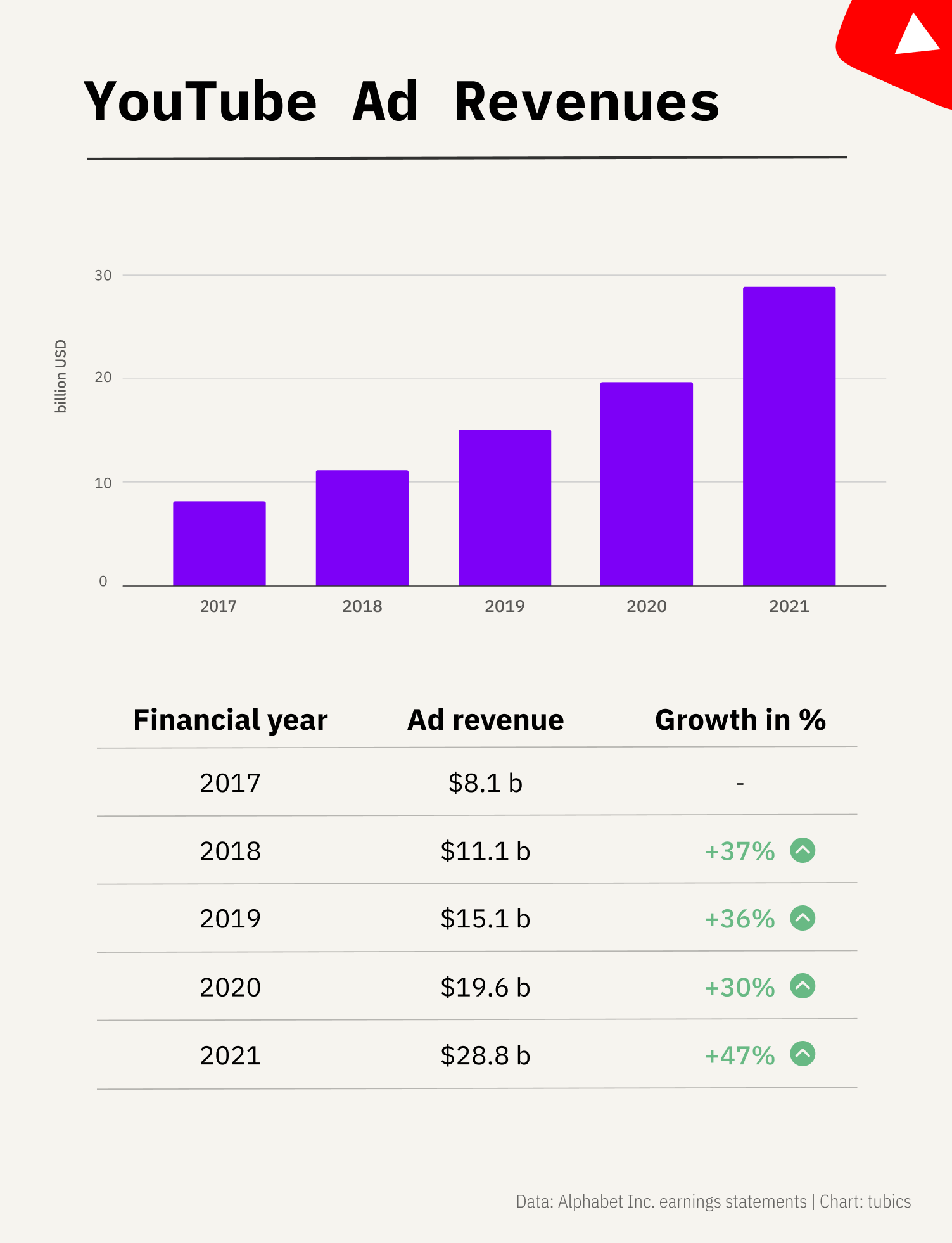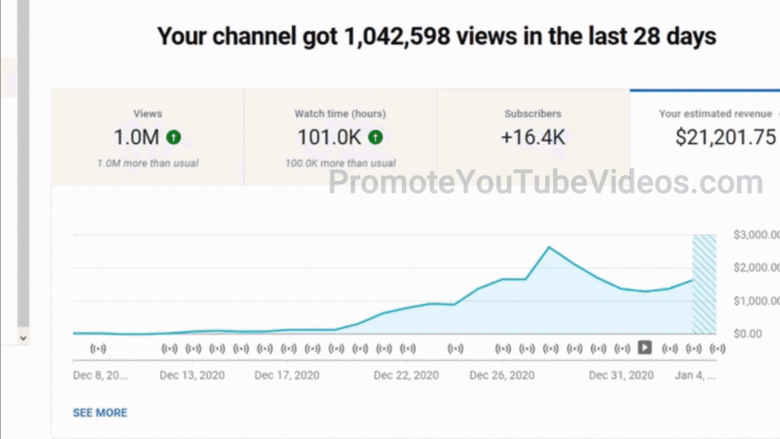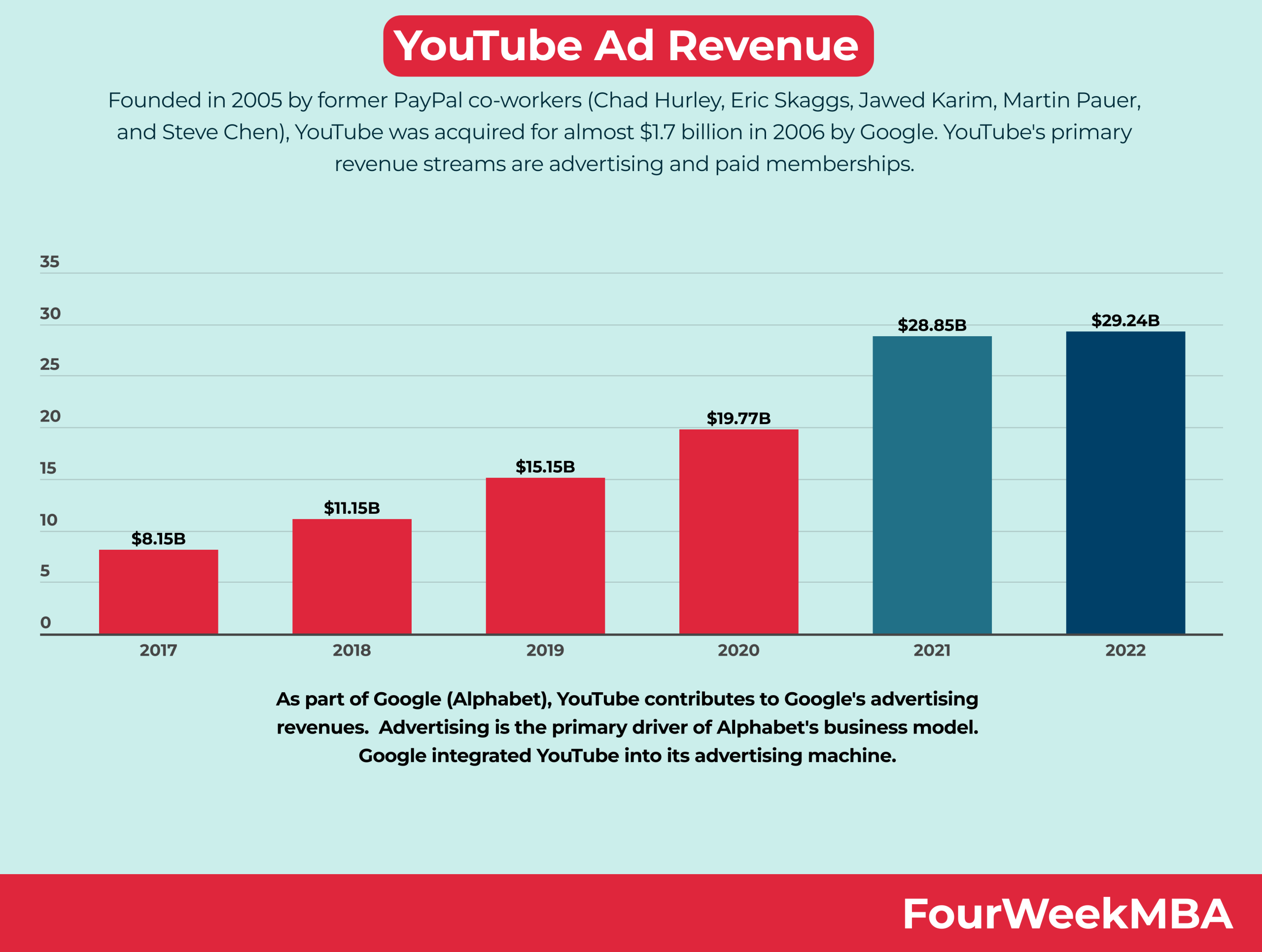YouTube has changed the game for content creators, providing a platform where anyone can share their passion and, for some, turn it into a source of income. Ad revenue is at the heart of this monetization process. For smaller channels, especially those with around 10,000 views, understanding how these earnings work is crucial. In this section, we’ll break down the basics of YouTube ad revenue, giving you insight into how creators get paid and what it means for you as a viewer or aspiring YouTuber.
Factors Influencing Earnings from 10,000 Views

When it comes to YouTube ad revenue, several factors come into play that can significantly affect how much a channel earns from 10,000 views. Let's dive into these aspects:
- Ad Formats: The type of ads shown on your videos (like skippable ads, non-skippable ads, bumper ads, or display ads) can impact earnings. Skippable ads might offer lower payouts than non-skippable ones.
- Audience Demographics: Who is watching your videos matters! Ads targeted toward high-value demographics (like high-income countries) typically pay more.
- Viewing Duration: Longer viewer retention can lead to more ad impressions, thus increasing earnings. If viewers stick around for most of your video, they may see multiple ads.
- Content Type: Some niches, like finance or tech, tend to attract higher-paying ads. Creating content in these areas can lead to better earnings.
- Engagement Metrics: Higher likes, comments, and shares can positively impact your video’s algorithm ranking, which often results in more views and higher ad revenue.
In conclusion, while 10,000 views might not seem like a monumental milestone, understanding the underlying factors can help smaller channels optimize their content and potentially increase their earnings from YouTube ads.
Ad Types and Their Impact on Revenue

Understanding the different types of ads on YouTube is crucial for grasping how revenue works, especially for smaller channels. YouTube provides a variety of ad formats, each with its own impact on earnings.
Here’s a quick rundown of the main ad types:
- Display Ads: These are banner ads that appear on the right-hand side of the video. They can be a good source of revenue, especially if your viewer engages with them.
- Overlay Ads: Semi-transparent ads that appear at the bottom of the video. They're less intrusive, but their engagement rates can vary.
- Skippable Video Ads: Viewers can skip these after 5 seconds. Earnings from these ads often depend on how many people choose to watch the full ad.
- Non-Skippable Video Ads: These must be watched in full before the video plays. They usually generate higher revenue but can deter viewers if overused.
- Bumper Ads: Short, non-skippable ads lasting six seconds. They can be very effective if used strategically, enhancing brand recall.
The type of ads you qualify for can significantly affect your revenue. For instance, non-skippable ads often have higher CPM (cost per thousand impressions) rates. However, it’s important to balance ad types with viewer experience. Too many ads or overly intrusive ones may lead to viewer frustration and drop-offs.
Comparing Earnings Between Large and Small Channels

When it comes to YouTube earnings, there's a stark contrast between large and small channels, mainly due to audience size and engagement.
Here’s a breakdown of why bigger channels tend to earn more:
| Factor | Large Channels | Small Channels |
|---|---|---|
| Audience Size | Millions of subscribers | 10,000 subscribers |
| View Count | High views per video | 10,000 views per video |
| Engagement Rate | Usually higher engagement | Lower engagement on average |
| Ad Revenue Potential | High, due to more impressions | Lower, limited impressions |
While smaller channels might feel discouraged, it’s essential to remember that quality content can still attract sponsorship and audience support. Additionally, small channels often have the advantage of building a genuine community, leading to higher engagement rates. So, whether you're a large or small channel, focusing on content and audience connection is key to increasing your ad revenue!
Estimating Revenue for 10,000 Views

When it comes to estimating revenue for a YouTube channel with about 10,000 views, it’s essential to consider various factors that can affect earnings. While YouTube doesn’t pay a flat rate for views, understanding the metrics involved can give you a clearer picture.
Typically, YouTube creators earn money through the YouTube Partner Program, primarily via AdSense. The revenue generated from ads is usually measured in CPM (cost per thousand impressions). CPM rates can fluctuate significantly based on several factors, including:
- Content Type: Certain niches, like finance or technology, usually attract higher CPM rates.
- Viewer Demographics: Ads targeted towards viewers in higher-income countries often yield better earnings.
- Ad Formats: Different formats (skippable vs. non-skippable ads) can have varying payout potentials.
To put this into perspective, if we assume an average CPM of $2 to $5, a channel with 10,000 views could potentially earn between:
| CPM Rate | Estimated Earnings ($) |
|---|---|
| $2 | $20 |
| $3 | $30 |
| $5 | $50 |
In essence, while the numbers might seem modest at first glance, the potential for growth is immense as your channel scales up in views and engagement.
Strategies for Increasing YouTube Revenue
Now that you have a fundamental understanding of how YouTube ad revenue works, let's dive into some practical strategies to boost your earnings. Increasing revenue doesn’t just stem from getting more views; it’s about leveraging every aspect of your channel effectively.
Here are some proven strategies to consider:
- Optimize Video Titles and Descriptions: Use keywords that resonate with your target audience to improve discoverability.
- Create Engaging Thumbnails: Thumbnails are the first impression viewers get; make them eye-catching to improve click-through rates.
- Experiment with Ad Placement: Test different ad placements throughout your videos to see which generates the most revenue.
- Engage with Your Audience: Building a loyal community can drive long-term growth and increase watch time, positively impacting earnings.
- Diversify Revenue Streams: Consider affiliate marketing, sponsorships, and merchandise to supplement ad revenue.
By implementing these strategies, you can create a more lucrative YouTube channel. Remember, growing your earnings takes time, persistence, and a willingness to adapt your approach based on what your audience wants!
Understanding YouTube Ad Revenue for Smaller Channels with 10,000 Views
For YouTube creators, understanding ad revenue is crucial for monetization strategies, especially for smaller channels. When a channel reaches approximately 10,000 views, it often becomes eligible for various YouTube monetization programs, allowing creators to earn money from ads placed on their videos. However, the amount of revenue generated can vary significantly based on several factors.
*Key Factors Influencing Ad Revenue:
- Ad Types: Different ad formats, such as skippable ads, non-skippable ads, and bumper ads, can impact earnings.
- Audience Demographics: Viewers from higher-income countries may yield higher CPM (cost per mille) rates.
- Niche Content: Channels focusing on lucrative niches (like finance or technology) typically attract higher-paying advertisers.
- Engagement Rate: More engaged viewers may result in better ad performance and higher revenue.
Earnings Estimates per 10,000 Views:*
| Ad Type | Estimated Earnings |
|---|---|
| Skippable Ads | $3 - $5 |
| Non-Skippable Ads | $7 - $10 |
| Bumper Ads | $1 - $3 |
Combining different ad strategies can help smaller channels optimize their earnings. Additionally, other revenue sources such as sponsorships, merchandise, and affiliate marketing can further supplement income.
Conclusion: Maximizing earnings as a smaller channel requires a keen understanding of audience engagement and ongoing optimization of ad strategies, supplemented by various monetization avenues to enhance overall revenue potential.
 admin
admin








